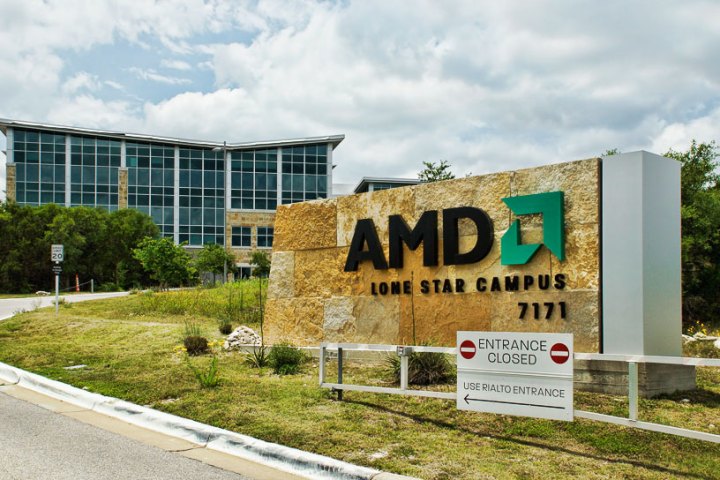
The first, according to AMD’s Raja Koduri (via VentureBeat), is Polaris 10, and is considered a “console class” GPU. It’s designed with small form-factor notebooks in mind, ones that value battery life and portability over grunt, but will still have some gaming capabilities. The focus of the second GPU, the Polaris 11, wasn’t named, but a bit of deductive reasoning suggests it’s either a higher-end piece of kit, or aimed more at business users.
Regardless, Koduri is confident that AMD will have a head start on Nvidia when it does launch, highlighting that the green firm has yet to showcase real-world performance numbers for its next-gen Pascal GPUs, only some statistics in specialized applications. By comparison, AMD has released numbers on its GTX 950-range Polaris GPU, indicating that it outputs the same frame rates, but at a much reduced power requirement.
For those concerned that this splitting of the chip generation will mean some sort of fragmentation of the age-old Radeon branding, never fear. AMD has confirmed that Polaris is an architecture name only and “it’ll still say Radeon something something on the box,” according to Koduri.
It’s a pretty big change-up from previous generations, however. Although it will also sport the Graphics Core Next nomenclature (as the fourth generation of that revolutionary design) this is said to be the biggest jump in performance in several generations. With an entirely re-designed main processor, a new geometry processor, new multimedia cores and more, this Polaris is designed to be something quite special in terms of performance, with a much reduced footprint.
That’s just about a perfect combination, on paper at least. We’ll have to wait until later this year to find out if it translates to the real world.
Editors' Recommendations
- AMD’s graphics card sales just took a nosedive
- AMD’s canceled GPU could have crushed Nvidia
- I’ve reviewed every AMD and Nvidia GPU this generation — here’s how the two companies stack up
- Intel just launched the ‘world’s fastest’ CPU
- AMD needs to fix this one problem with its next-gen GPUs




